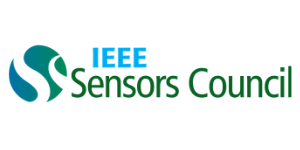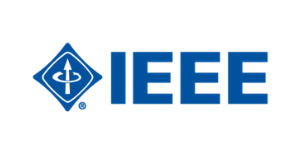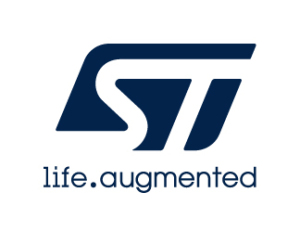- Keynote
“Tiny-but-tough” Gallium Nitride Sensors for Extreme Harsh Environments
Gallium nitride (GaN) nanoelectronics have operated at temperatures as high as 1000°C making it a viable platform for robust space-grade (“tiny-but-tough”) sensors and electronics. In addition, there has been a tremendous amount of research and industrial investment in GaN as it is positioned to replace silicon in the billion-dollar (USD) power electronics industry, as well as the post-Moore microelectronics universe. Furthermore, the 2014 Nobel Prize in physics was awarded for pioneering research in GaN that led to the realization of the energy-efficient blue light-emitting diode (LED). Even with these major technological breakthroughs, we have just begun the “GaN revolution.” New communities are adopting this nanoelectronic platform for a multitude of emerging device applications including the following: sensing, energy harvesting, actuation, and communication. In this talk, we will review and discuss the benefits of GaN’s two-dimensional electron gas (2DEG) over silicon’s p-n junction for space exploration applications (e.g., radiation-hardened, temperature-tolerant Venus instrumentation). In addition, we will discuss recent results that advance this nanoelectronic device platform for extreme-environment Internet-of-things (IoT) sensors for combustion and down-hole monitoring.
- Keynote
Insects bio-inspired sensors
The millions of insect species are millions of solutions to a huge variety of problems, many involving sensing and actuation. Equipped with countless types of sensors, most insects are small, smaller than one centimeter. They are hence perfect templates for bioinspired microtechnology. I will start my talk with a broad survey of the technological sensors designed according to biological models, from acoustic to optical flow to IR sensors. Then, I will describe our work on flow sensing hairs and the MEMS we designed, with a special emphasis on the interactions between several sensors. The geometry and multiplicity of sensors is at the heart of the transport phenomena around insect antennae in the context of sensing minutes amounts of pheromones and I shall present this as well. We will then dwell into signal processing and tap into the unique ability of invertebrates to process information in a distributed way in their different neural centers: the latest neuromorphic network inspired from insects shows indeed most promising performances and interpretability, compared to a generic deep learning approach. I end the talk by sharing my decades-long experience of interacting with applied physicists, engineers and mathematicians. The biologist’s and engineer’s approaches differ a lot; the successful production of bioinspired artefacts demands thus more than a passing interest for interdisciplinarity, and from both parties. Taping into the fast treasure trove of energy sparse, carbon-based sensors of the insect world is certainly worth the effort, given the most serious technological and environmental bottlenecks facing us.
- Keynote
From Ultrasensitive to Single Molecule Biosensors that Operate in Complex Biological Fluids
One of the major opportunity in biomedical sensors is technologies that can selectively detect species at ultra-low levels. This is because many of the existing pathologies, such as early detection of cancer, pathogen detection and assessment of treatment efficacy, are all required to be detected at low levels that existing commercial technologies seldom reach. We have developed a suite of technologies that are amenable to commercialisation that can detect species at femtomolar and lower levels. The suite of technologies all use the same strategy of making magnetic nanoparticle sensors collect the biomarker of interest rather than the normal approach of making the biomarker find the sensing surface. Using this strategy, the first technology will focus on the detection of ultralow levels of microRNA, as a cancer marker, in whole blood with 10 aM detection limits. Next will be discussed taking this strategy down to single molecules using a unique nanopore blockade sensor that we have developed for detecting proteins at femtomolar levels. This will be followed by a dark-field microscopy method for detecting viral RNA that exploits a new concept of performing quantitative analysis by counting many single-molecule events. Taken together, the common thread in all these technologies is the use of nanoparticles to confine the measurement volume to nanolitre of lower such that a single molecule in that volume is an appreciable concentration.







